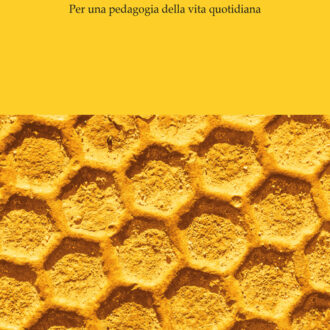ABSTRACT
Dans le roman galant de la deuxième moitié du Grand Siècle l’unité d’action est conçue d’une façon fort différente par rapport au roman héroïco-galant de la première moitié du même siècle. Les nombreux épisodes du roman héroïco-galant sont en effet généralement rattachés à l’action principale mais influent sur cette dernière, tandis que l’action principale influe fortement sur les épisodes, d’ailleurs fort peu nombreux, du roman galant. À notre avis la structure du roman héroïco-galant est donc homologue à la société de type féodal, alors que l’agencement du roman galant est homologue à la monarchie absolutiste. Naturellement des exceptions d’envergure existent, mais elles confirment la règle.
Mots-clés: XVIIe siècle, roman, histoire principale, épisodes, monarchie féodale, monarchie absolue.
In the roman galant of the second half of the Grand Siècle, the unity of action differs from the heroic-gallant novel of the first half of the century. The numerous episodes of the latter are usually linked to the main action, which results thereby affected by it, while the main action of the roman galant, on the contrary, strongly affects the several episodes. In our opinion, the structure of the heroic-gallant novel reflects a feudal society, whereas the roman galant’s configuration imitates the absolute monarchy. Of course, exceptions still exist, but they prove the rule.
Keywords: XVII century, novel, main story, episodes, feudal monarchy, absolute monarchy.












Recensioni
Ancora non ci sono recensioni.